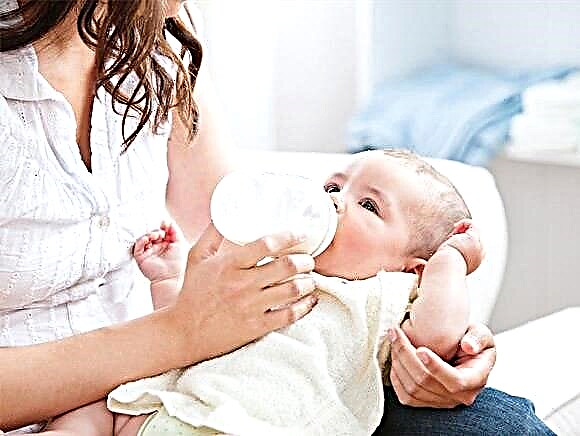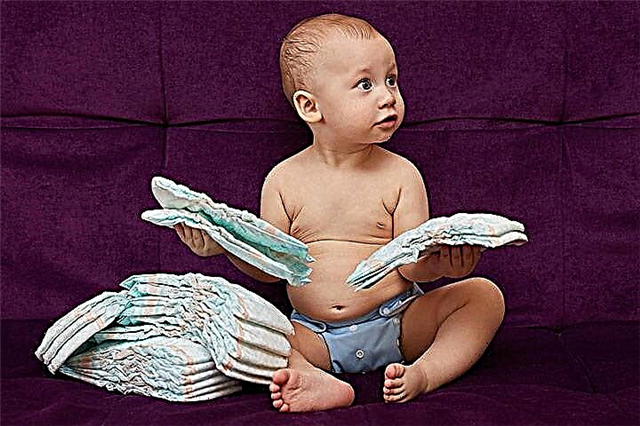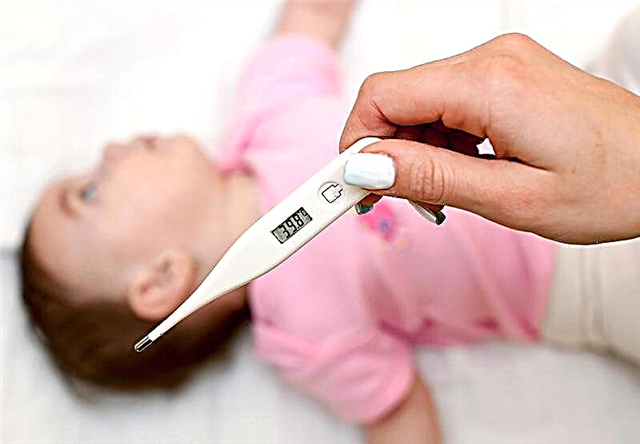
Often, by raising the body temperature, the child's body is protected from viruses or bacteria. And therefore, it is usually not advised to "knock down" fever up to +38 degrees. If the figure on the thermometer is much higher, they resort to antipyretic drugs, for example, give the baby Paracetamol or Nurofen.
But sometimes you have to use several medicines at once. Such a mixture of drugs, called lytic or "triad", effectively and quickly helps at very high and dangerous temperatures. No-shpa can be one of its ingredients. Why is such a medication included in the lytic mixture and in what dose is it used for fever in children?

In what form is it produced?
No-shpa is presented in pharmacies in two forms - solid (these are yellow tablets with a green or orange tint, round) and liquid (this is the same transparent solution that is injected into muscle tissue or vein). Tablet No-shpu is packed in blisters or plastic jars and sold from 6 to 100 pieces in one package. The injection form is presented in ampoules of 2 ml, which are placed in trays and are produced in 5-25 ampoules in one box.


Is it used in children?
Although the annotation of No-shpa in tablets contains contraindications up to 6 years of age, and in the instructions attached to the ampoules it is noted that such a medication is not used in childhood, No-shpa is given at temperatures to children over 1 year old. In this case, the appropriateness of the use of such a drug and its inclusion in the "triad" should be determined by the doctor.

In addition to high temperature, indications for the use of No-shpy in children are:
- Spasms in the bladder or cystitis.
- Biliary colic, inflammation of the gallbladder, cholangitis or other diseases of the biliary tract.
- Headache.
- Intestinal colic, enteritis and other intestinal pathologies.
- Toothache.
- Gastritis or other stomach ailment.
- Spasmodic constipation.
- Dry cough.
Why and when is it used at temperature?
Acting on the vessels of the extremities, No-shpa eliminates their spasm, as a result of which they expand. This leads to increased blood supply and heat transfer, which is especially important if the child has so-called "white" fever. This increase in temperature is manifested by pallor of the skin, the child is lethargic, and his hands and feet are cool to the touch. With this type of fever, No-shpa effectively eliminates the spasm, due to which the patient's condition quickly improves, and the temperature drops.

The drug can be used at a temperature and in such cases:
- If the indicator on the thermometer is over +39 degrees.
- If the child does not tolerate high temperatures.
- If there is a high risk of developing seizures (febrile).
However, it is important to note that No-shpa is never the only medicine given to a child with a fever.
Such a drug does not have an antipyretic effect, therefore, if it was decided to use it in a child with hyperthermia, then only in combination with one of the non-steroidal anti-inflammatory drugs.

What medications is it combined with for fever?
In addition to No-shpa, the lytic mixture includes:
- Febrifuge, which is most often represented by Analgin. It can also be replaced by ibuprofen or paracetamol-based drugs. This component of the "triad" reduces the temperature and has an analgesic effect.
- Antihistamine, which is usually used as Suprastin or Diphenhydramine. This drug is added to the lytic mixture to eliminate edema, hypnotic and sedative effects, and also to reduce the risk of an allergic reaction. For a calming and antispasmodic effect, Corvalol can also be used.
Such medicines are prescribed both in the form of an injection and in tablets.
Dangers and contraindications
No-shpu, together with other medicines, is not used at a temperature if:
- The child has an intolerance to any of the ingredients of such funds.
- The baby has a hematopoietic disorder.
- The little patient has serious liver disease.
- The child developed bronchospasm.
- The baby has developed kidney failure.
- The child has low blood pressure.


It is not advised to give pills or inject the "triad" and with severe abdominal pain, because they can signal dangerous surgical diseases, for example, about appendicitis. With a combination of such pain and fever, you should first call a doctor to determine the cause of these symptoms. If you hesitate and treat the baby at home on your own, in such a situation, serious complications can develop that pose a danger to the life of the little patient.
No-shpa is generally well tolerated, but in rare cases it can cause allergies, lower blood pressure, nausea, constipation, insomnia, headaches and other symptoms. If, after using the medication, at least one of these side effects occurs, you should immediately inform your doctor about it.

As for the overdose, exceeding the dose of No-shpy poses a danger to the patient's cardiovascular system.
If you accidentally give a child a higher dosage, it will impair conduction and disrupt the rhythm of the heart, and sometimes it can provoke cardiac arrest.
That is why the dose of the medicine should always be checked with the doctor, and if an overdose has happened, you must immediately call an ambulance.

Instructions for use
If drugs in tablets are chosen to "knock down" the temperature, then the dosage of No-shpy will be:
- For a child 1-6 years old - a quarter / half of a tablet.
- For a child 6-12 years old - a whole pill.
- For a child over 12 years old, one or two tablets.
In the case when the drug is administered by injection, its dosage is from 0.5 to 1 ml for young patients 1-6 years old and 1 ml for children over 6 years old. To perform the injection, use a sterile syringe, and wipe the injection site with alcohol. A little warming up in the hands of the ampoule, they are opened and medicines are collected in one syringe.
The drugs should be injected deep into the muscle tissue, as contact under the skin will lead to inflammation or irritation. To eliminate the danger to the child, injection of the lytic mixture should be performed by a doctor.
How to buy and store?
Tableted No-shpa is an OTC drug and is sold in pharmacies for an average of 60 rubles for 6 tablets or 220 rubles for 100 tablets. To buy No-shpa in ampoules, you should have a doctor's prescription with you. The average price of five ampoules is 100 rubles.
Store the medicine at home at temperatures below +25 degrees. The storage location should be hidden from children and the sun. The shelf life of the drug, depending on its packaging, is 3 years or 5 years.

Reviews
Parents generally respond well to the use of No-shpa to lower the temperature in children with pale fever. They confirm that the drug effectively dilates blood vessels and prevents severe complications of fever.
What can be replaced?
The most frequent replacement for No-shpa in the composition of the lytic mixture is Papaverine. This antispasmodic can be used from 6 months of age. He, like No-shpa, is produced in tablets and ampoules. The dosage of the medication is determined by the age of the child. For example, a 7-year-old patient either needs to be given 1 pill of Papaverine or inject 0.5 ml of solution.


The pharmacist will tell you even more information about this drug in our next video.



